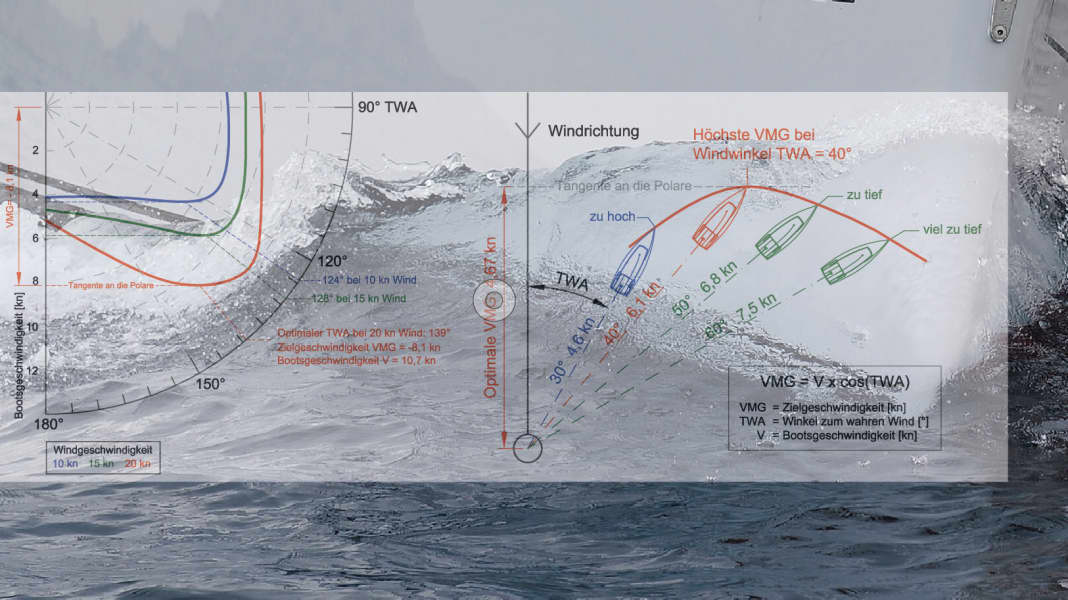Speed parameters: How fast is a yacht? Use measurement letter, interpret polars
Lars Bolle
· 16.03.2020

If you believe conversations at the bar, there are only fast yachts - at any rate, you hardly ever hear of anyone being sailed by anyone else. And apparently it is also generally known what makes a fast yacht. Everyone has a rule of thumb: length runs, width glides, the lower the centre of gravity, the faster the ship. But is it really that simple?
A sailing boat is a complex structure, every aspect interacts with every other aspect, whether sail area or displacement, draught, ballast or hull shape. Added to this are the dynamic conditions such as wind force, sea state and course to the wind. A yacht that is fast downwind can come to a standstill on the beam and vice versa, a light wind racer can die in strong winds and vice versa. Every owner will learn to recognise these characteristics of the respective boat over time, but perhaps not to love them.
Surprises in terms of speed can be even more pronounced with charterers, who usually only spend a few days on the same yacht and perhaps do not familiarise themselves extensively with the potential characteristics of the rental boat in advance.
This preliminary work can not only be interesting, but can also provide valuable insights. Owners who buy a larger boat in order to be faster than the others at a club regatta may be disappointed, because it's not just length that counts, but waterline length. A supposedly larger yacht is of little use if the size refers to the hull length, as is the case with older designs, but the boat has a very sloping stem and a large overhang at the stern.
When planning routes, whether for charterers or owners, it is also very helpful to know as precisely as possible the speeds that can be achieved in different wind forces and courses. Just one knot less speed than assumed can mean an hour more sailing time on a trip of just 20 nautical miles if only four knots can be achieved instead of five. If you are unlucky, the mooring you are aiming for may already be full, or you may have to go ashore in the dark.
Routing programmes in particular, which can calculate the fastest or most comfortable course with underlying wind data, are dependent on boat speeds that are as correct as possible. Otherwise the shower front to be avoided will reach the crew after all, even though the programme had predicted that it would pass astern because the boat speeds entered were too high. The longer the trip, the more serious the effects of incorrect speed assumptions can be.
It is quite easy to get an idea of a yacht you are considering buying or chartering. A few parameters and freely accessible data sources can help.
YACHT 7/2020 explains how to calculate and interpret parameters such as theoretical hull speed, sail carrying capacity and displacement. It also shows how the hundreds of thousands of measurement reports from a wide range of yachts can be downloaded from the Internet and what valuable data they contain.
